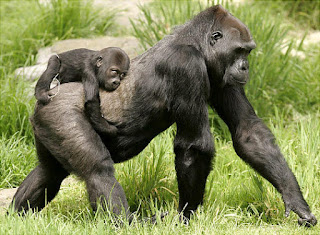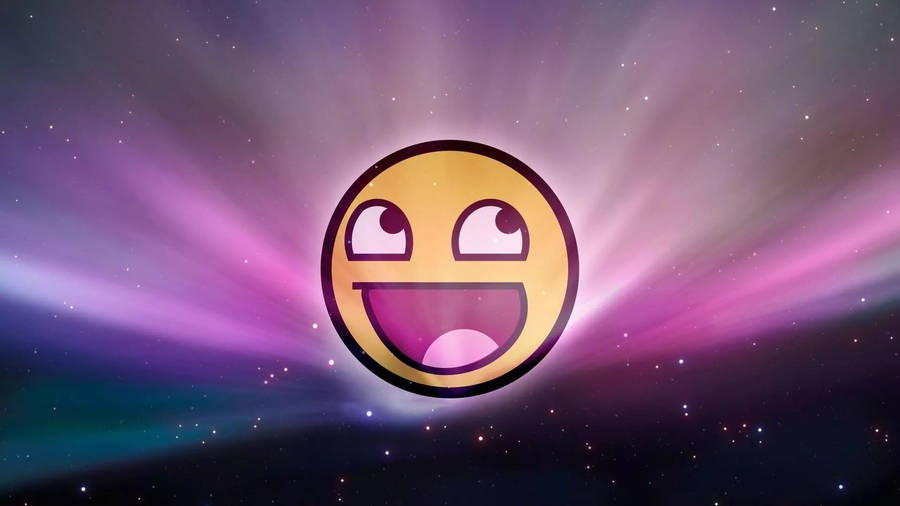Week 4 Reflection
How well do you feel you completed the requirements of the week’s assignments?
This week I feel like I completed most of the assignments well. It took me a long time to find a digital story I wanted to critique but in the end I was happy with what I found and critiqued. I was not happy with my daily creates, I am not a good artist and was frustrated there wasn’t a wider variety this week. The one I did today could have been really cool if I knew how to Photoshop better.
What gave you trouble? What did you enjoy most? What did you learn?
I didn’t have much that gave me trouble other than I couldn’t decide which story to critique. I spent at least 2-3 hours searching through knowyourmeme.com and political remixes and lost track of time. I eventually found a cool beginners Photoshop contest on worth1000.com that caught my eye, and
I blogged about here. (I have to admit, I was a little saddened by the fact that no one liked my Vacation reference!) I enjoyed mixing up the critique guidelines, it was refreshing to use other criteria. However, I did have a hard time figuring out how to fit some of the digital stories I found with the new literacy dimensions.
I learned a lot this week from Lanskhear and Knobel as well as googling different remixes Lankshear and Knobel mention. I had never thought about remixing in the terms they discuss. Whenever I heard the term remix previously, I would think of a song that was redone or changed at a school dance. It opened a whole new world to me! I struggled with the part on remixes replacing the written word,
as I discussed here, but discussions with classmates made me realize everything still starts with the written word: movies come from books or a screen play, music comes from written lyrics, etc.
What would you do differently? What questions to you have?
One thing I keep forgetting to do that other classmates do, is tweet to the person whose blog I comment on. A few people have done that for me and it helps me remember who has commented and on which thing. However, I have a hard time expressing what I want to say in the 140 characters, still working on that!
 What are some of the larger issues surrounding your work?
What are some of the larger issues surrounding your work?This week my issues revolved around the lack of knowledge around photoshopping and image manipulation as I mentioned before. I know how to do basic things like cropping, changing filters
(only because the app does it for me) and collages but I would like to learn more skills. I was also limited this week because I only have my school computer with me on vacation and the software is limited (no photo manipulation software, no Windows movie maker, etc. It was also frustrating because my computer is in safety mode and it wouldn’t let me watch 60% of the You Tube videos on knowyourmeme.com.












